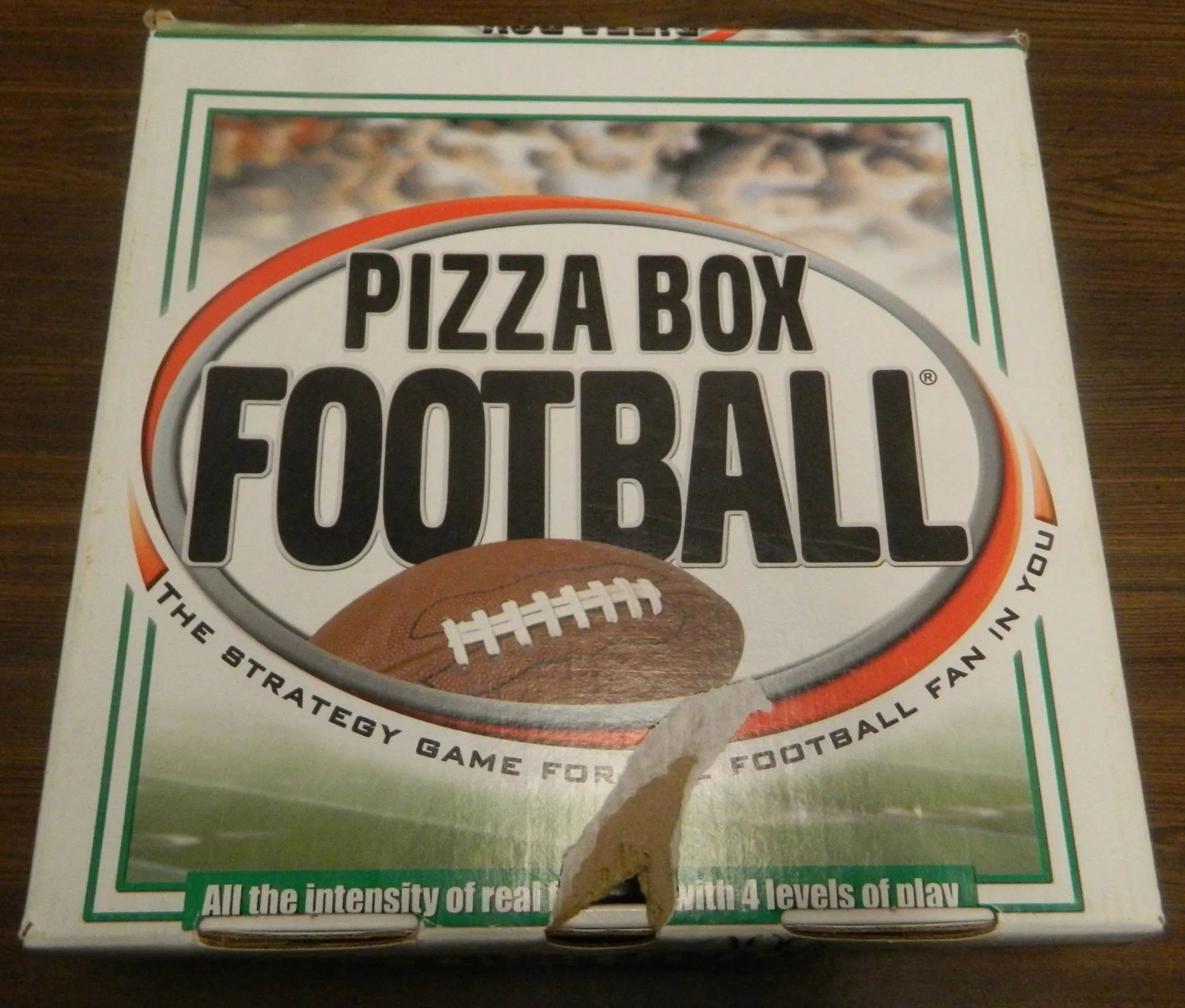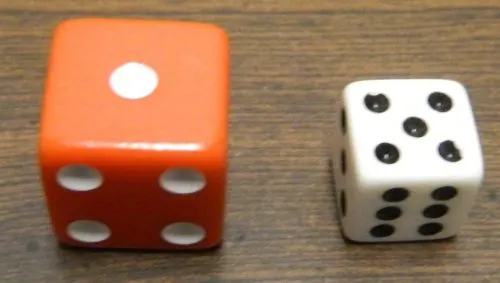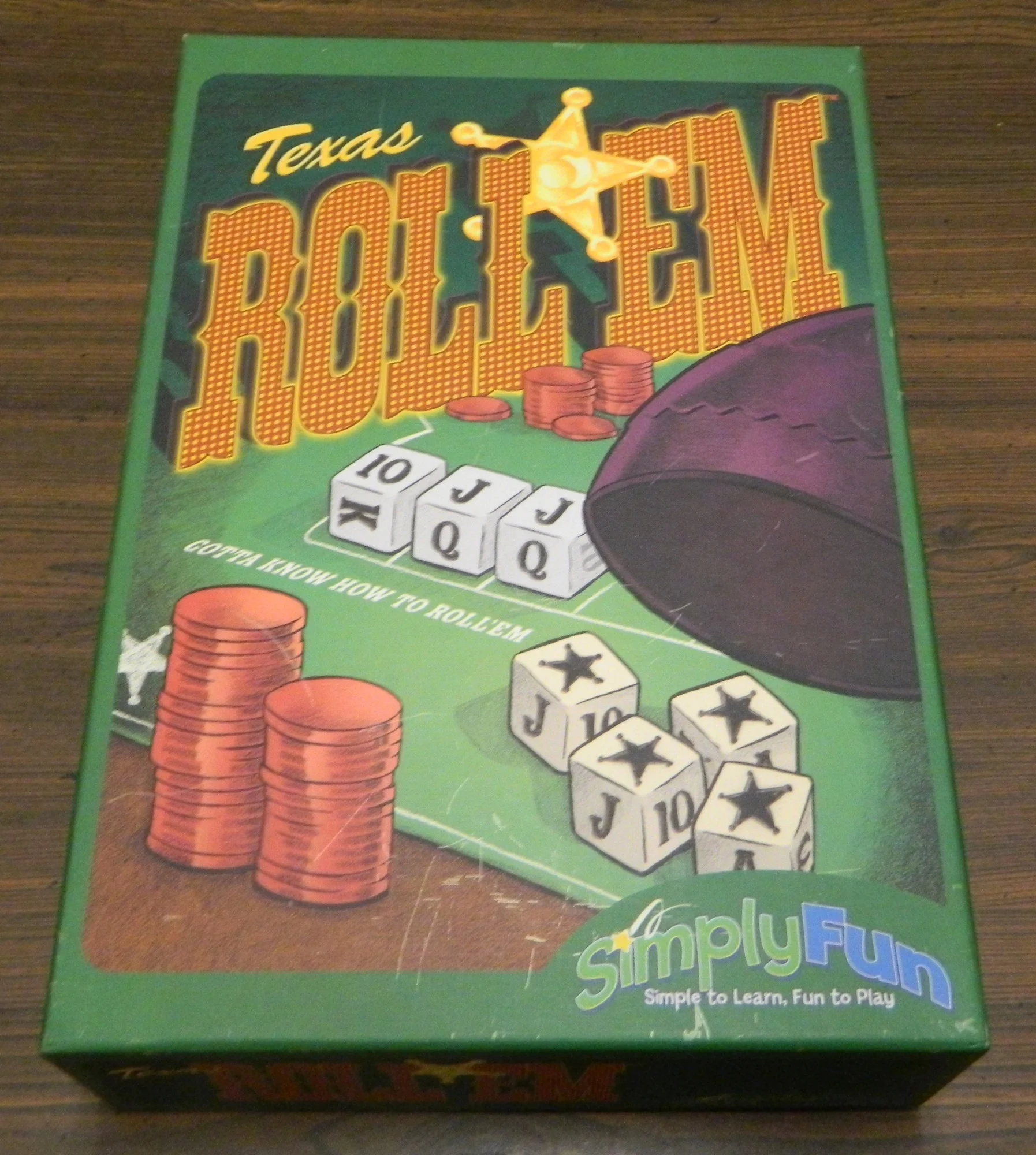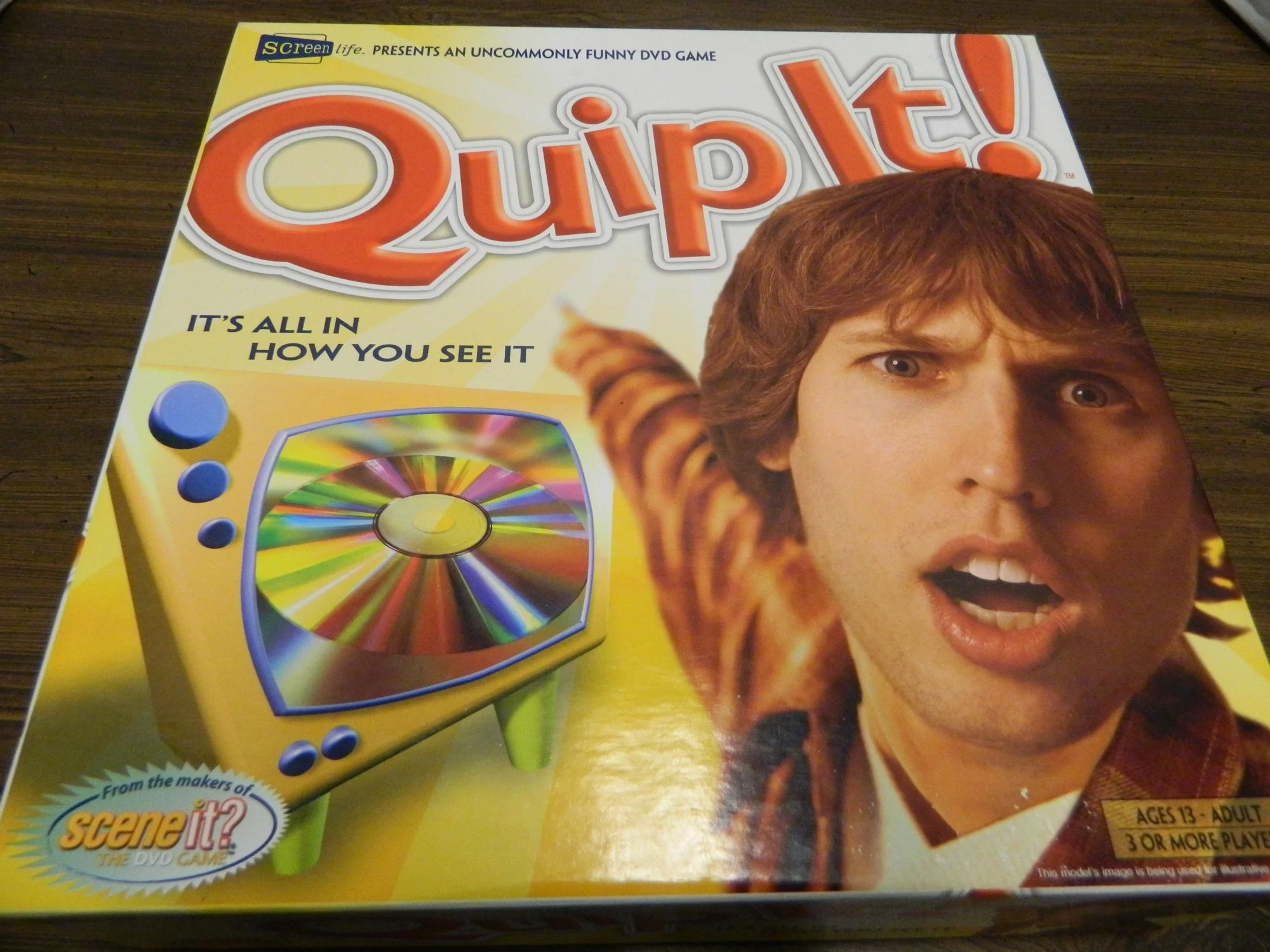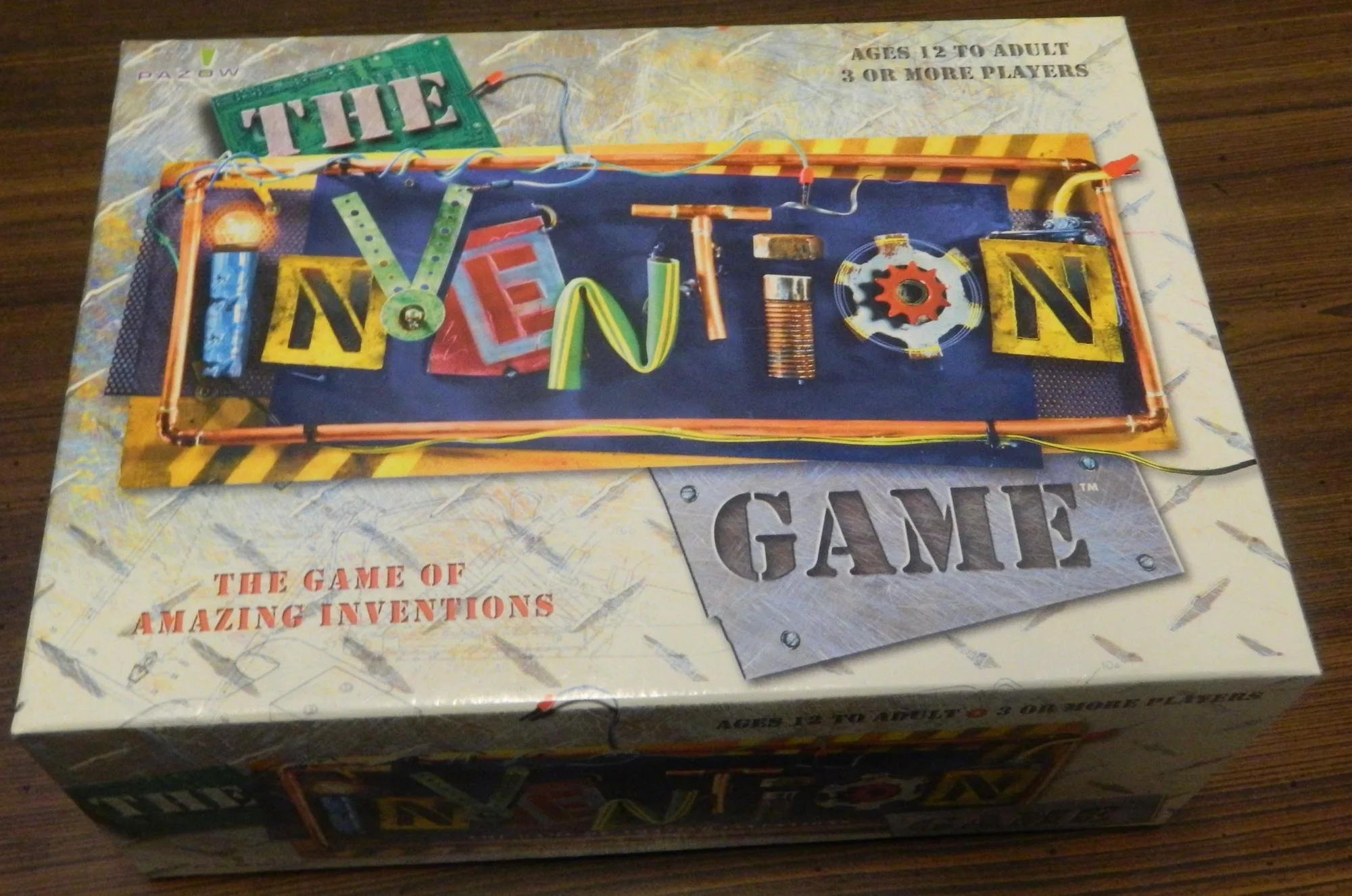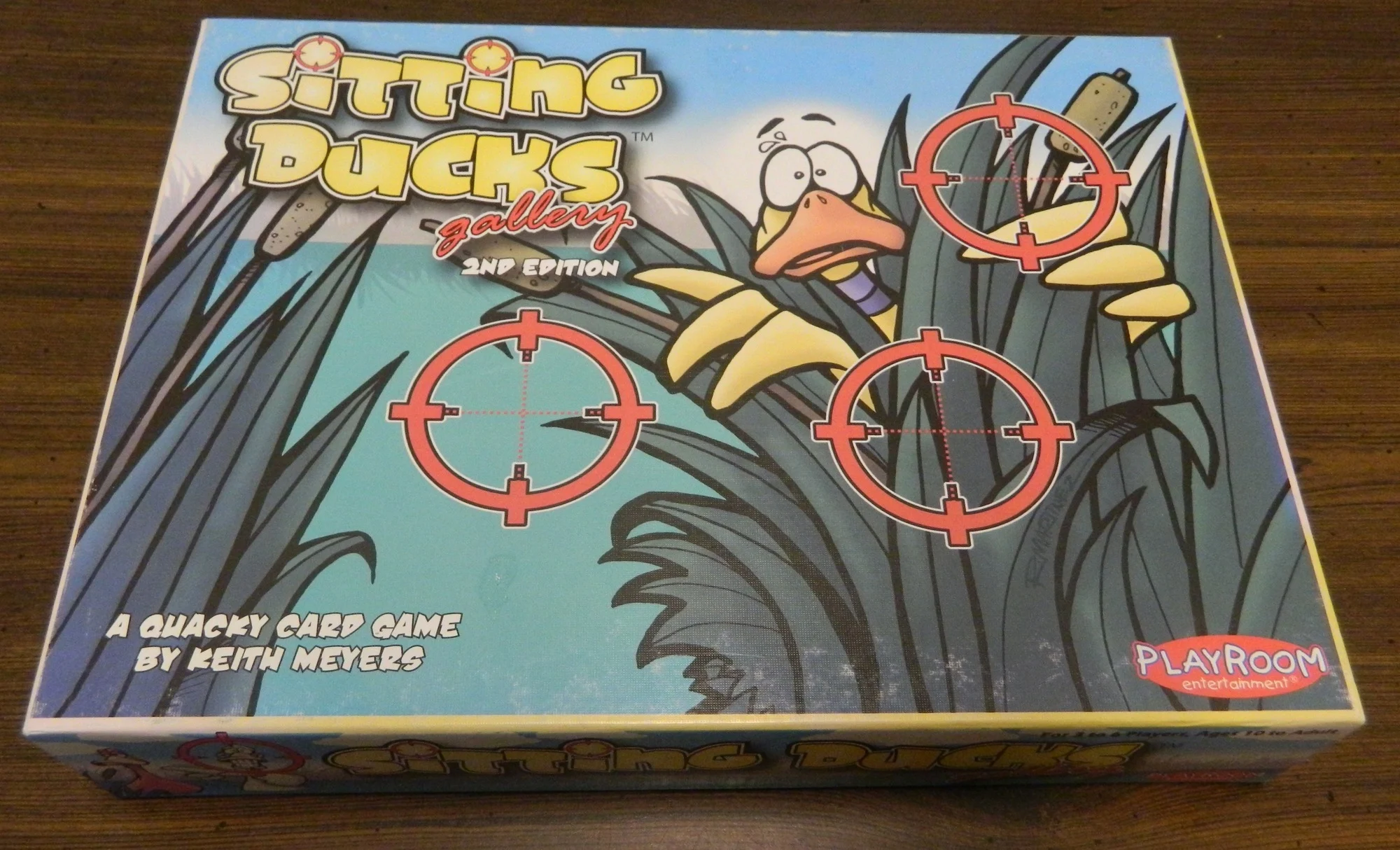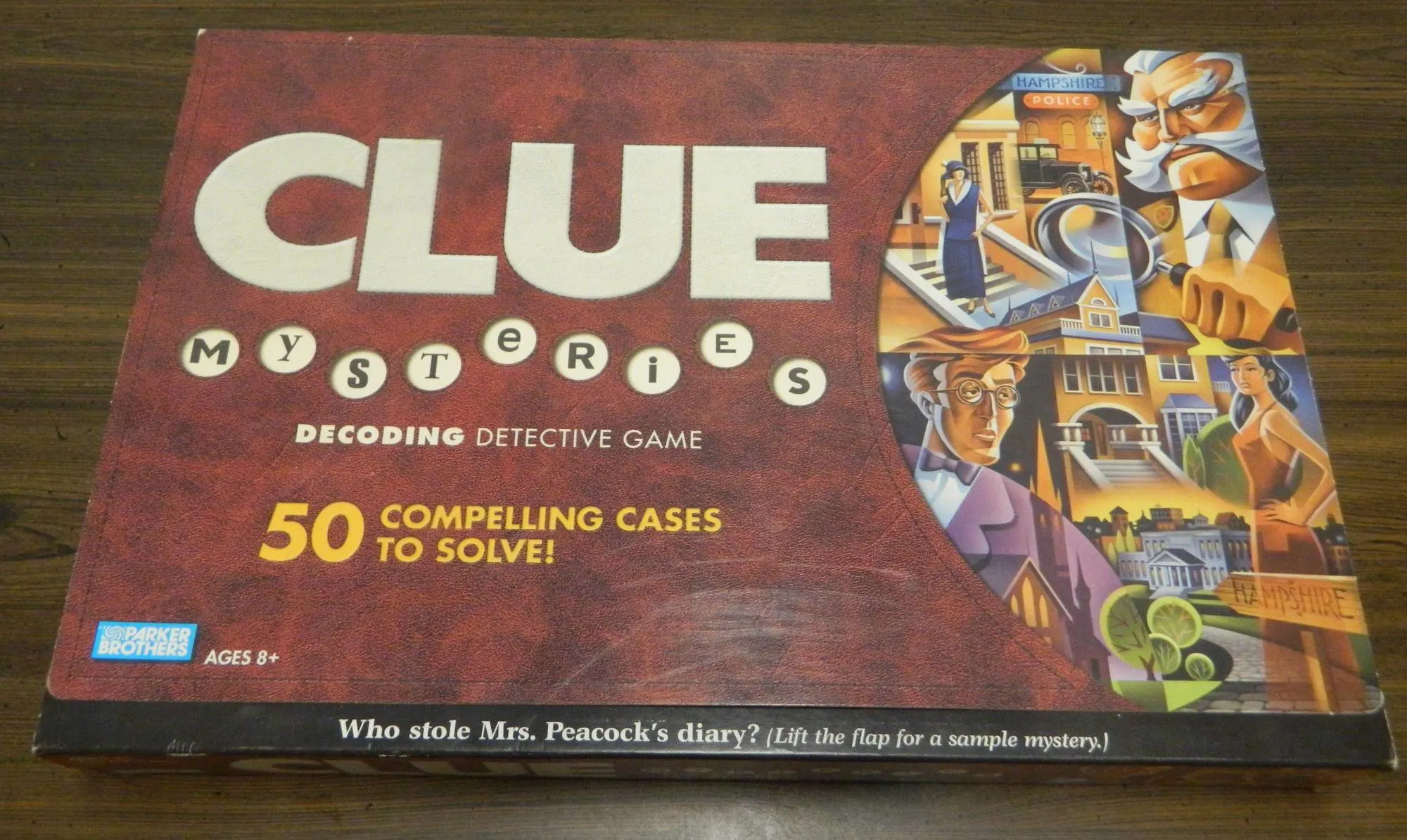Being a huge fan of American football and board games I have been looking for a good football board game for quite some time. While I enjoyed Jukem Football and Battleball, both are a little more relaxed when it comes to the theme as they are football games that don’t necessarily play exactly like football. Then I have played bad/awful football games which includes GoLong and Fast Football which are more loyal to the football theme but just aren’t very fun. Finally there were the simulation football games which include Strat-O-Matic Pro Football and Vince Lombardi’s Game which do a good job recreating the sport but are kind of dull. As I was disappointed by Strat-O-Matic Pro Football and Vince Lombardi’s game I was about to give up on trying to find a good simulation football game as it just felt like the sport was not meant for a simulation board game. I decided to give the genre one more chance with Pizza Box Football though. Pizza Box Football does a good job creating a streamlined football simulation game that ultimately doesn’t maintain the excitement or fun of the sport that it is trying to emulate.
How to Play Pizza Box Football
As most of the rules required to play the game are included on the various cards included with the game, this is mostly going to be an overview of the basics of how to play the game. These rules also assume you have a basic knowledge of American football so specific rules regarding the sport are not addressed.
Setup
- Place the outer box flat on the table. Insert the gameboard into the outer box.
- Give each player a play sequence card and place the other necessary cards to the side of the gameboard.
- Choose which of the four different games you are going to play.
Red Zone Shootout (5+ Minutes)
In Red Zone Shootout the players will take turns starting with the ball inside their opponent’s 25 yard line. The players will then play the game like a normal game of football. Each team will get one opportunity to score as many points as they can. If a player gets a first down they will get four more downs. After both players have had an opportunity on offense, the players compare scores. If one player has scored more points they have won the game. If both players have scored the same number of points, each player gets another possession on offense.
Backyard Brawl (30-40 Minutes)
The players roll one die. The player who rolls a higher number will start all six rounds in the game. As there are no kickoffs or punts in this mode each round in the game will start at a designated yard line and the players will have a max number of plays they can call in the round.
- Rounds 1 and 4: Start at your own 25 and you have 18 plays.
- Rounds 2 and 5: Start at your own 50 and you have 12 plays.
- Rounds 3 and 6: Start at your opponent’s 25 and you have 6 plays.
In this mode the players have four downs in order to get a first down. There is no punting in this mode so you either have to go for it on fourth down or you have to kick a field goal. The player must complete their possession within the designated number of plays or their drive ends without a score. Field goal attempts do not count as a play.
Once all six rounds have been played the players compare their scores. The player who has scored more points wins the game. If there is a tie, the players will play a Red Zone Shootout until one of the players have scored more points.
Smashmouth Full Game (60-75 Minutes)
In this mode the players will roll one die. The player who rolls higher will start the first half while the other player will start the second half. In this mode the players will play four quarters like a normal game of football. Each quarter consists of 30 plays (kicks do not count as plays). This mode also has kickoffs and punts to transfer possession between the two teams.
After the four quarters the players compare scores. The player who scored more points wins the game. If the players are tied you will play an overtime period which consists of 30 plays.The player who rolls higher will get to go on offense first. The first player to score in overtime wins. If neither player scores within 30 plays, the game ends in a tie.
Professional Full Game (60-75 Minutes)
The professional full game is played the same as the Smashmouth Full Game except that the game adds clock management. Each quarter consists of 90 clock units. The length of each play is determined by an included chart.
At the end of the fourth quarter the players compare their scores. The player with more points wins the game. If there is a tie the player will play a 90 clock unit overtime. The first player to score will win the game. If neither player scores in the 90 clock units, the game ends in a tie.
Playing the Game
The basic gameplay for each play in the game (no matter which game mode is chosen) follows six steps:
- Defense Calls Play
- Offense Calls Play
- Defense Rolls Dice
- Offense Rolls Dice to Determine Success of Play
- Offense Rolls for Yards Gained/Lost
- Move Markers to Indicate Yards Gained/Lost, Time That Passed and Down
Each play begins with the defensive player choosing to defend against the run (red die), short pass (yellow die), or long pass (green). They will hold the die corresponding to their choice in their hand along with their white die.
Once the defense has chosen their play, the offensive player announces out loud whether they chose a run, short pass or long pass. The defensive player can then reveal the dice they chose.
The defensive player will roll both of their chosen dice and add up the numbers rolled on both. They will use the number they rolled along with the defense effect charts to determine the defensive effect on the play. They will use the chart corresponding to the play called by the offense and will use the column corresponding to the defensive play called. If the effect is a +1 or +2 it will add the corresponding number to the number rolled next by the offensive player. If the effect is a -1 or -2 it will subtract the corresponding number from number that is rolled next by the offensive player.
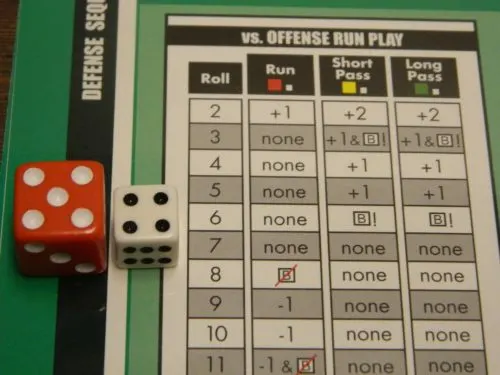
Both the offensive and defensive player chose run. The defensive player rolls their two dice and rolled a nine. Based on the chart the offensive player will reduce their roll by one.
The offensive player will then roll three black dice and add up the total. They will apply any effect from the defensive player’s roll. The total is looked up in the chart based on what play was run. If the player rolls a total of one or two, the defensive player automatically scores a touchdown. If the player rolls a nineteen or twenty the offensive player automatically scores a touchdown.
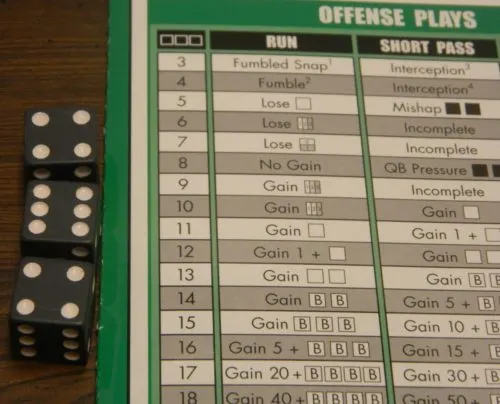
The offensive player rolled their three black dice for a total of 14. When you subtract the one from the previous defensive roll, the player looks up 13 under the run section of the offensive play chart. The offensive player will get to roll two white dice which will determine how many yards are earned.
If the result of the offensive player’s roll requires the player to roll white dice, they will roll the corresponding number of dice to determine how many yards were gained. If the player is given dice with a B inside the square, any six they roll will be re-rolled to gain even more yardage.
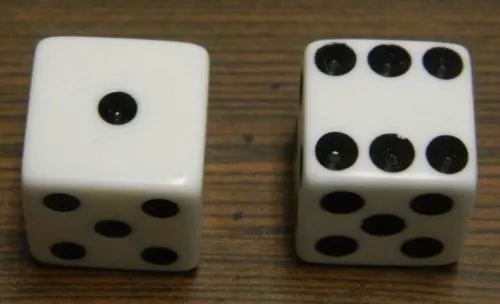
The offensive player got to roll two dice to determine how many yards they would gain. The offense would gain seven yards. If the player was eligible for bonus rolls, they would get to roll the six die again to gain additional yardage.
The player then will move their line of scrimmage marker based on yards that were gained/lost. Time is marked off for the play being run and the down marker is moved to the next down. If the player earns a first down, the first down marker is moved ten yards past the line of scrimmage and the down marker is reset to one.
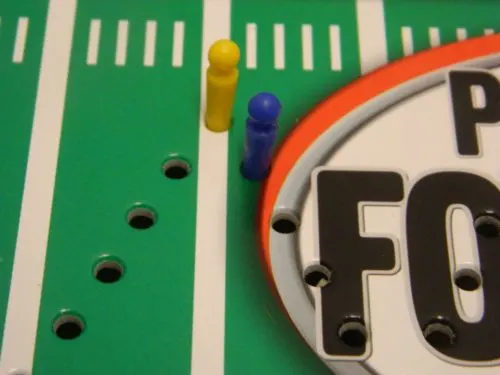
This player gained more yards than they needed for a first down. The player will move the first down marker ten yards past the current line of scrimmage and will move the down marker to first down.
My Thoughts on Pizza Box Football
In my review of Strat-O-Matic Pro Football I mentioned that I was really starting to contemplate whether football is a sport that can actually work as a simulation game. Both Strat-O-Matic Pro Football and Vince Lombardi’s Game did a good job simulating the game of football utilizing statistics and dice rolling. They may have simulated the sport well but neither game really simulated the actual atmosphere of watching a game of football. Football is a fast paced action sport and yet both games felt more like a statistics class. If you want a statistic driven game you can have fun with both games but they didn’t really feel like you are playing a game of football in my opinion. I was hoping that Pizza Box Football would finally be able to break through the wall to create a realistic football game that was also exciting to play. Unfortunately once again it fails to reach that level.
If I had to compare Pizza Box Football to Strat-O-Matic Pro Football and Vince Lombardi’s Game, I would say that it is a more streamlined than the other two games. While players in the other games could choose from quite a few different plays, in Pizza Box Football both the offensive and defensive teams can choose from one of three plays. The players can either choose a run, short pass or long pass. After both players have chosen their play, the defensive player rolls their dice to see if their defensive play call helped or hurt the offenses chances of success. The offensive player then rolls their dice to see if their play was successful. If the play was successful the offensive player rolls dice to determine how many yards were gained/lost. Players adjust the markers on the board and then the players play another down. This process is followed for every play until the end of the game.
In some ways I think the streamlining both helps and hurts Pizza Box Football. On the positive side Pizza Box Football is much easier to play than the other two games. The players only have to choose between three different plays and the mechanics as a whole are much easier to pick up and play. Basically the whole game boils down to pick a play, roll dice and compare the total rolled to different charts. One of the problems that I had with Strat-O-Matic Pro Football and Vince Lombardi’s Game is that in some ways they were more complicated than they needed to be. They weren’t particularly difficult games once you put in the time to learn them but I wouldn’t really call them accessible to people that don’t play a lot of board games. Pizza Box Football doesn’t have this problem as anyone who knows the basics of football should have no trouble playing the game. I could see Pizza Box Football being a game that football fans that rarely play board games could enjoy.
The streamlining of the game also makes the game play quicker than the other two games. Pizza Box Football is still going to take you around an hour, unless you play one of the two shorter games, but it still seems to move at a quicker pace than the other two games. After a couple plays both players should know what they are doing which allows each play to move pretty quickly. In the other two games the plays seemed to drag on for too long as you had to look at so many different charts to ultimately find the outcome of the play.
On the negative side by streamlining the game Pizza Box Football feels less like an actual football game. At the end of the day the game feels like a dice rolling game with a thin football theme on the surface. I think the biggest problem is the fact that the players can only choose from three different plays. While you could debate whether the other two games had too many options, Pizza Box has far too few. There really isn’t that much strategy to choosing which play to call if both players are at all familiar with football. Based on field position and down/distance it is usually pretty obvious what call the offensive player should make. The defense knows this as well though so you either have to pick the obvious choice which gives the defense an advantage or you need to pick a play that will catch them by surprise. It basically becomes an exercise of I know you know which leads to players guessing which play call will give them an advantage over the other player.
Outside of choosing between the three different plays, the only other elements of football in the game is deciding how to handle different downs and distances. This is the only area where the game really feels like a football game. Your decisions on how to handle each down will likely have an impact on how successful you are in the game. These decisions are usually pretty obvious though if you are at all familiar with football. These mechanics make the game kind of feel like football but it still feels more like a dice rolling game.
Just like with all of the other simulation football games, Pizza Box Football has a problem with the defensive side of the ball. I don’t know what it is with the simulation football games but none of them seem to get the defensive side correct. In Pizza Box Football the defensive player gets to do two things. They get to pick what play they are going to run and then they get to roll dice to determine whether they choice has any impact on the play. As I already mentioned choosing a play doesn’t add much as it pretty much becomes a guessing game between the two players. The dice rolling is a little better as at first it seems like the player is actually impacting the game. Based on our experience though the defensive player’s roll rarely impacts the game. You will occasionally get a +1 or -1 which can actually impact the results of a play but for a large majority of the plays the defensive roll will have no impact on the success of the play.
Your football strategy will have some impact on the outcome of the game but I believe luck plays a bigger role in who will ultimately win the game. The game is a dice rolling game after all. If you make stupid football decisions you are going to hurt your chances in the game but you could always make the right decision and still easily lose the game if you roll poorly. The reason that the game relies on a lot of luck is that there is no benefit to rolling low numbers. The player who consistently rolls higher numbers is going to have better outcomes on both offense and defense. No strategy is going to overcome a player that is rolling better than the other player.
While I haven’t played the expansion for Pizza Box Football I am kind of curious what it would add to the game. The expansion packs add some additional mechanics to the game which should add a little more strategy to the game. The expansion packs add three new offensive plays and three new defensive plays to the game. This should add a decent amount of strategy to play selection as you have some choices even with the other player knowing what type of play you are going to choose. The expansions also add charts for each NFL team for the season that the expansion was released for. I think these charts could add quite a bit more realism to the game.
This might not matter to a lot of people but I am a little skeptical about how well Pizza Box Football emulates the current NFL. I won’t deny the game’s accuracy as the designers actually held a contest with the game which accurately predicted a Super Bowl winner. The game was first released in 2005 though and I don’t think it has stayed accurate to the modern NFL. This might just be due to us rolling poorly but there is quite a bit less scoring in the game than I was expecting. It is surprisingly hard to gain yards at times and thus you won’t score as many points as your typical football game today. Honestly the game seems to emulate 1990s-early 2000s football more than the modern game. Now I can see this being a positive for some people that like the older days of football where field position played a bigger role in the game. If you like a lot of scoring though you may be a little disappointed by the game.
On the component front Pizza Box Football is pretty typical for this type of game. You mostly get charts and dice. The charts are designed quite well which makes the game easy to play. The quality of the dice and charts are pretty average though. The gameboard is just cardboard and is nothing special to look at. I will say that it is easier to keep track of field position and other stats than the other simulation games that I have played. I also thought it was kind of clever that the game uses the outer box as a base for the gameboard.
As I alluded to earlier in the review there is just something about simulation football games that just don’t work quite right. They seem to fail in capturing the action and excitement of the sport. At this point I have played seven different football board games and I have come to the conclusion that the best football board games are the games that don’t try to accurately recreate football. Jukem Football and Battleball succeed because they take elements from the sport and adapt them to work well as a gameboard. I think the problem with the other football board games is that they force the sport into a board game package without considering what works well as a board game.
Should You Buy Pizza Box Football?
As I have been disappointed by so many other football games, I was hoping that Pizza Box Football was going to be the one game that finally succeeded at creating a good simulation football game. In some ways the game is better than Strat-O-Matic Pro Football and Vince Lombardi’s Game but in other ways it is worse. I appreciate that Pizza Box Football found ways to streamline the mechanics which makes the game more accessible and quicker to play. The problem is that by streamlining the game it also takes some of the strategy out of the game. As you can only choose from three different plays, there isn’t a lot of football strategy in the game. The player on defense in particular has little to do. Pizza Box Football ends up becoming more of a dice rolling game than a football game as the outcome is usually going to come down to who rolls better. Pizza Box Football is a solid football game but it fails to really capture the action or excitement of football.
As far as recommendations go, if you have no interest in American football there is no reason to purchase the game as it otherwise is a very generic dice rolling game. If you want an action packed game I don’t see it being for you either. If you are looking for a more streamlined simulation football game though I think you will enjoy Pizza Box Football and you should probably pick it up.
If you would like to purchase Pizza Box Football you can find it online: Amazon, eBay

